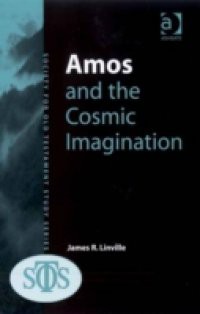Литмир - Электронная Библиотека > Linville Dr James R (EN) > Amos and the Cosmic Imagination

| Amos and the Cosmic Imagination
Чтобы оставить свою оценку и отзывы вам нужно зайти на сайт или зарегистрироваться | |||||||||||||||||||||||||||||||||||||||||||||||||||||||||||||||||

| Amos and the Cosmic Imagination
Чтобы оставить свою оценку и отзывы вам нужно зайти на сайт или зарегистрироваться | |||||||||||||||||||||||||||||||||||||||||||||||||||||||||||||||||